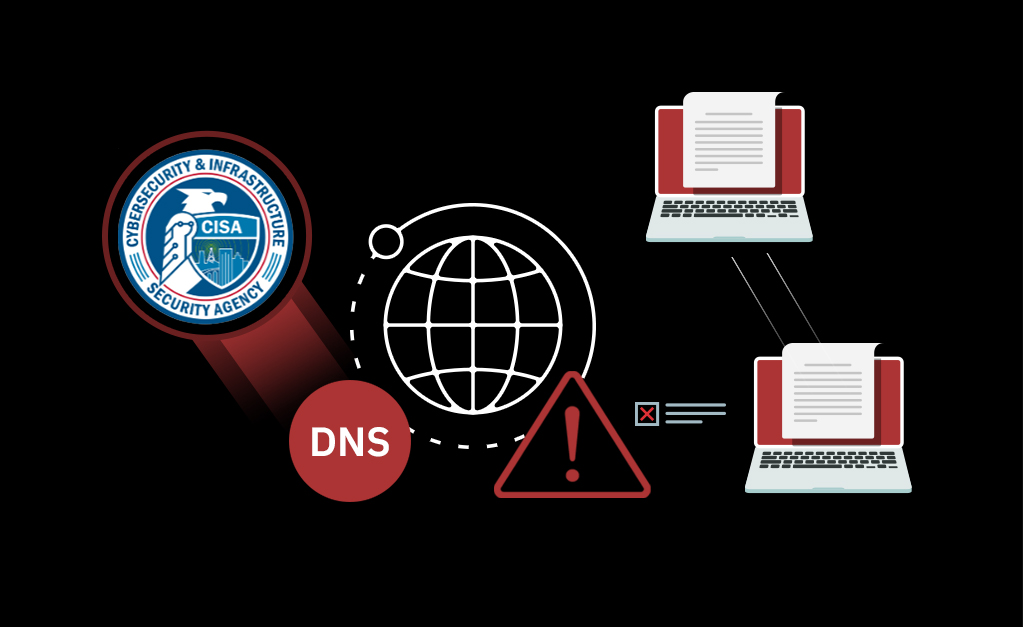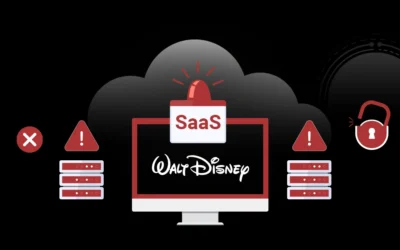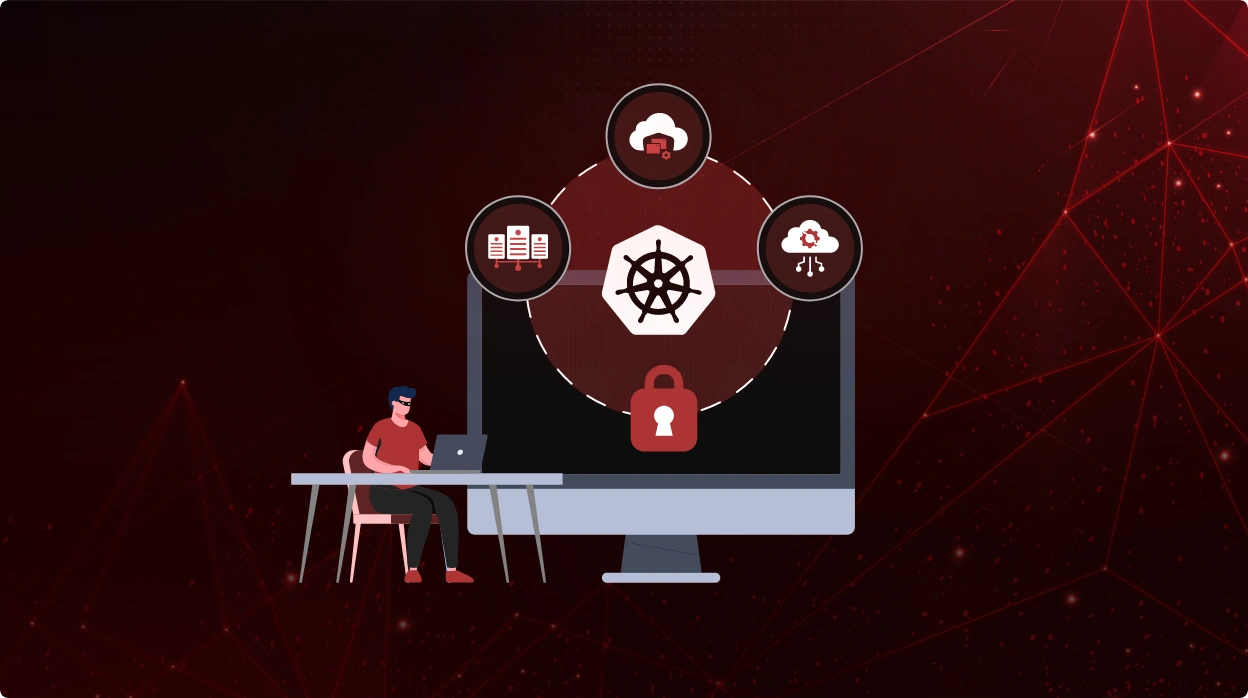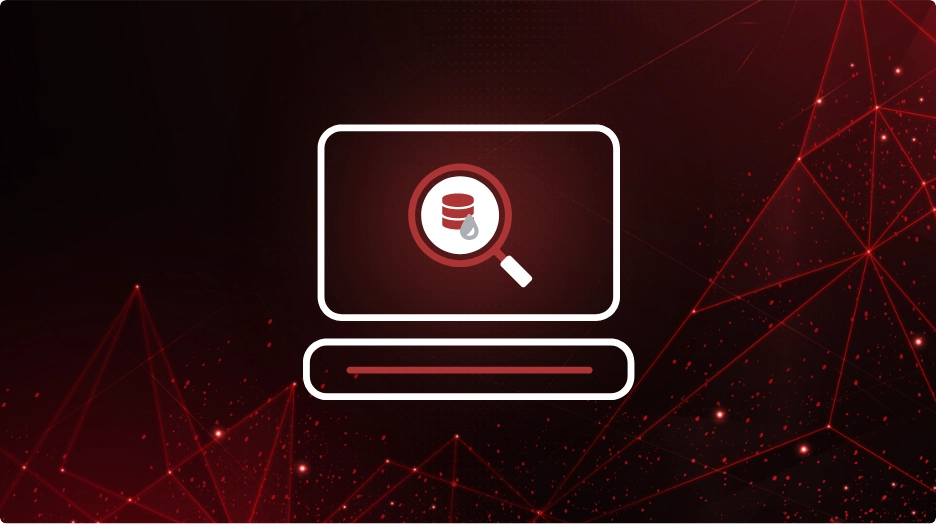Fast Flux Is Everyone’s Problem: Key Takeaways from CISA’s DNS Security Alert

DNS, the system that turns human-readable domain names into IP addresses, is one of the internet’s oldest and most foundational layers. It’s also one of the most overlooked in cybersecurity. But that’s changing fast.
In April 2025, the Cybersecurity and Infrastructure Security Agency (CISA)—along with partners from the NSA, FBI, and allied governments—issued a rare joint cybersecurity advisory warning about a specific DNS-based technique: fast flux. Once a niche tactic, fast flux is now firmly on the radar of national security agencies.
This blog breaks down what fast flux is, how it works, why it’s hard to detect, and what defenders should be doing today to build resilience against it.
What Is Fast Flux DNS and Why Is It So Dangerous?
Fast flux is a DNS technique used by attackers to hide the infrastructure behind malicious domains. It works by rapidly rotating the IP addresses associated with a domain (often every few minutes) so that the domain always points to a new location. This allows threat actors to maintain uptime, avoid blocking, and stay steps ahead of defenders.
There are two types:
- Single Flux: Multiple compromised nodes are used to rapidly register and deregister IP addresses for a single malicious domain. These IPs typically last only 3 to 5 minutes before being replaced, helping cybercriminals maintain access while evading detection. The domain is often hosted on a bulletproof server, making takedowns difficult.
- Double Flux: This goes further by rotating both IP addresses and DNS records, adding layers of complexity. They use zombie computers (infected systems) as intermediaries, making it extremely hard to trace the attack back to its source. This method enhances the resilience of phishing, malware, and other cyberattacks.
Attackers often use botnets and bulletproof hosting providers to supply the infrastructure. These services act as relays and provide geographic diversity, making it extremely difficult to trace or take down the source of malicious activity.
Why Fast Flux DNS Attacks Work So Well
Fast flux isn’t just a clever trick—it’s an operational advantage for threat actors. Here’s why:
-
It Neutralizes IP Blocking
By the time a security team blacklists one IP address, the domain is already pointing somewhere else. Traditional blocking approaches are rendered ineffective.
-
It Creates Resilience
A fast flux network typically relies on hundreds of compromised machines. If one node is taken offline, others are ready to serve traffic. This ensures continuity for malware command-and-control (C2), phishing sites, and criminal marketplaces.
-
It Hides the Real Source
Since the backend servers are obscured by layers of rotating proxies, investigators find it harder to trace the malicious domain back to its true origin.
Fast flux has already been observed in attacks by the Hive and Nefilim ransomware groups, as well as Gamaredon, a Russian APT group. It’s not just theory—this tactic is being used today in real-world, high-impact campaigns.
What CISA Recommends: Detection and Defense
CISA and its international partners have issued a clear set of recommendations. Here’s what they advise organizations and service providers to implement:
Detection Techniques:
- Monitor for low TTL (time to live) values: Fast flux domains often rotate IPs every 3 to 5 minutes. Watch for DNS records with TTLs under 300 seconds.
- Track IP diversity and churn: A single domain resolving to dozens or hundreds of unique IPs in a short time frame is a red flag.
- Use DNS anomaly detection: Algorithms that flag domains with high entropy or unusual resolution behavior are essential.
- Analyze geolocation inconsistencies: Malicious flux networks often display erratic geographic IP data.
- Ingest and correlate threat intelligence: Use up-to-date feeds to enrich DNS logs and identify known fast flux domains.
Mitigation Strategies:
- Block or sinkhole malicious domains and IPs to prevent communication with C2 infrastructure.
- Filter traffic based on reputation scores from threat intel providers.
- Improve logging and alerting to enable faster incident response.
- Share indicators of compromise (IOCs) with peer networks and industry groups.
- Train employees on phishing detection, since many fast flux campaigns are used to support phishing attacks.
Why DNS-Based Attacks Like Fast Flux Are Hard to Spot
One of the key challenges with fast flux detection is false positives. Many legitimate services—especially content delivery networks (CDNs) and load balancers—use similar patterns of IP rotation to improve performance and resilience. Not all rapid DNS changes are malicious.
Another issue is visibility. Most organizations don’t fully monitor DNS activity, especially at the resolver level. Logs are often incomplete or retained for short periods, making pattern recognition difficult.
Finally, ownership is often unclear. DNS sits at the intersection of networking and security, which means nobody may be fully responsible for detecting abuse through it.
These factors create a perfect storm: fast flux thrives in environments with fragmented visibility and reactive detection.
What Security Teams Should Do Today to Improve DNS Security Posture
You don’t need to wait for a fast flux attack to show up in your logs to take action. Here are some proactive steps:
- Audit your DNS monitoring capabilities: Can you see resolution patterns across time? Can you correlate DNS logs with user or endpoint activity?
- Feed DNS telemetry into your SIEM or XDR: Structured, enriched DNS logs make it easier to spot outliers.
- Flag unusual TTLs and domain/IP pairings: Build rules to detect excessive churn or geographically incoherent records.
- Integrate threat intel to enrich your DNS visibility with indicators tied to known campaigns.
Fast flux isn’t going away. But it is detectable—if you’re looking in the right places.
How CheckRed Helps Detect and Mitigate Fast Flux DNS Attacks
DNS security is now part of CheckRed’s expanded offering. As part of a unified platform, CheckRed enables organizations to:
- Monitor activity across users, apps, and DNS environments
- Detect fast flux-style behavior, including low TTLs, rotating records, and anomalous resolutions
- Correlate DNS anomalies with phishing, malware delivery, and suspicious login attempts
- Consolidate alerts across DNS, cloud infrastructure, and SaaS environments—eliminating silos
For security teams looking to extend coverage to all layers of the attack surface—CheckRed brings DNS into the fold. Don’t wait for fast flux to exploit your blind spots. See CheckRed DNS Security in action — get a demo today and take the first step toward resilient DNS posture management.


